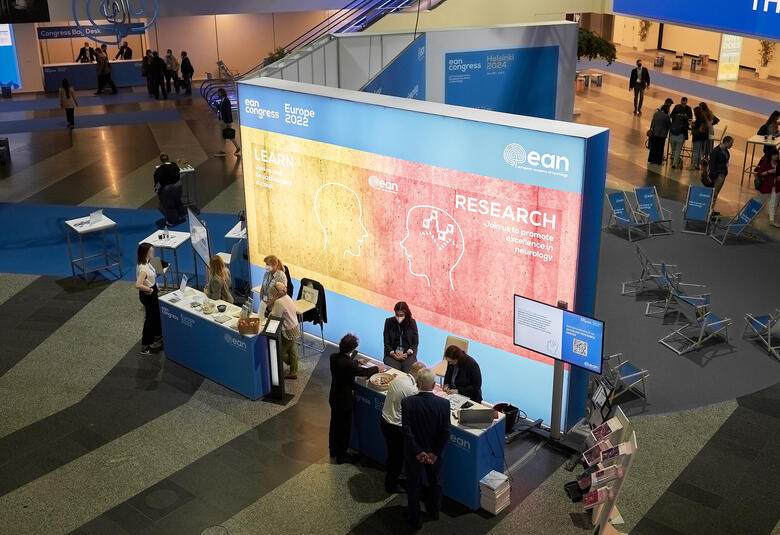Reliable plasma amyloid-β (Aβ) measurement is now possible using new highly sensitive techniques, and this has led to research demonstrating a relationship between plasma Aβ and brain Aβ. A plenary audience at AAIC19 was presented with an overview of advances in plasma Aβ measurement together with evidence to support a close connection between plasma and brain Aβ and therapeutic targeting of Aβ metabolism in both the brain and the periphery.2
An ideal diagnostic biomarker must reliable, noninvasive, simple to perform, and inexpensive
AD has a long preclinical stage and neuropathological changes have already occurred before any clinical manifestation. Although cerebrospinal fluid (CSF), neuroimaging, and blood-based biomarkers of AD have been investigated for some time as diagnostic biomarkers, the development of an ideal diagnostic biomarker has proved elusive.
It was highlighted that this is because an ideal biomarker needs to meet all of the following criteria:
- Detection of a fundamental feature in the molecular pathogenesis of AD
- Sensitivity >80% for detecting AD
- Specificity >80% for differentiating AD from other dementias
- Ability to detect AD early in the disease course
- Reliable
- Noninvasive, simple to perform, and inexpensive1
Plasma Aβ42 oligomer fulfils the criteria for an ideal diagnostic marker
Multimer detection system (MDS) measures Aβ42 oligomerization
Using new highly sensitive techniques, plasma Aβ42 oligomer can now be detected at the preclinical stage with high reproducibility and fulfils the criteria for an ideal diagnostic marker. Data were provided detailing the effectiveness of different new techniques:
- immunoprecipitation and mass spectroscopy (IP-MS), single-molecule array (SIMOA), and immunomagnetic reduction (IMR) for measuring Aβ concentration
- immuno-infrared-sensor for measuring Aβ42 secondary structure distribution
- MDS for measuring Aβ42 oligomerization
Blood-derived Aβ can enter the brain and form Aβ-related pathologies
AD-type pathologies in the brains of the parabiotic wild-type mice included tau hyperphosphorylation
Fundamental questions for blood-based biomarkers in AD were highlighted as:
- Is there any relationship between peripheral Aβ in the plasma and central Aβ in the brain?
- What are the exact Aβ dynamics between brain, CSF and blood?
Two studies related to these questions were described:
First, a parabiosis study of blood-derived human Aβ originated from transgenic AD model mice. The human Aβ entered the circulation and accumulated in the brains of wild-type mice forming cerebral amyloid angiopathy and Aβ plaques after a 12-month period of parabiosis. AD-type pathologies in the brains of the parabiotic wild-type mice related to the Aβ accumulation included tau hyperphosphorylation, neurodegeneration, neuroinflammation and microhemorrhage. This study thus provides novel insight into AD pathogenesis and supports the development of therapies for AD that target Aβ metabolism in both the brain and the periphery.2
Aβ oligomerization measured with Multimer Detection System-Oligomeric Amyloid-β (MDS-OAβ) correlated with cortical atrophy
The second study demonstrated a correlation between Aβ oligomerization measured with MDS-OAβ and gray matter volume reduction in the bilateral temporal, amygdala, parahippocampal and lower parietal lobe, and left cingulate and precuneus regions. White matter volume reduction was also found in proximity to the left temporal and bilateral lower parietal lobes and posterior corpus callosum.3
Our correspondent’s highlights from the symposium are meant as a fair representation of the scientific content presented. The views and opinions expressed on this page do not necessarily reflect those of Lundbeck.




